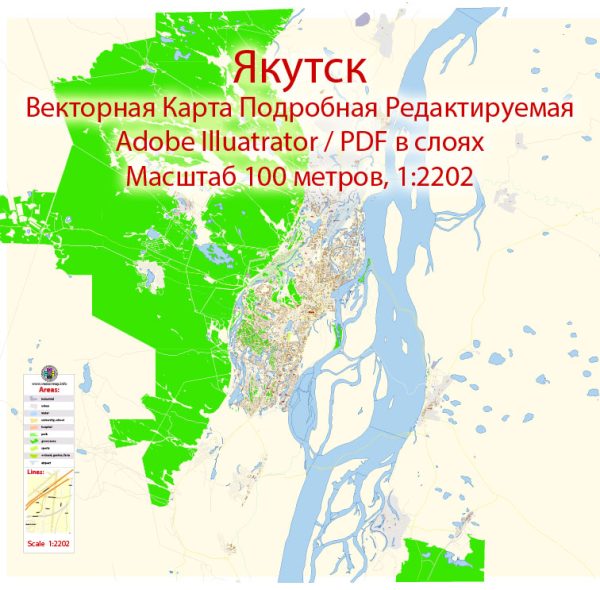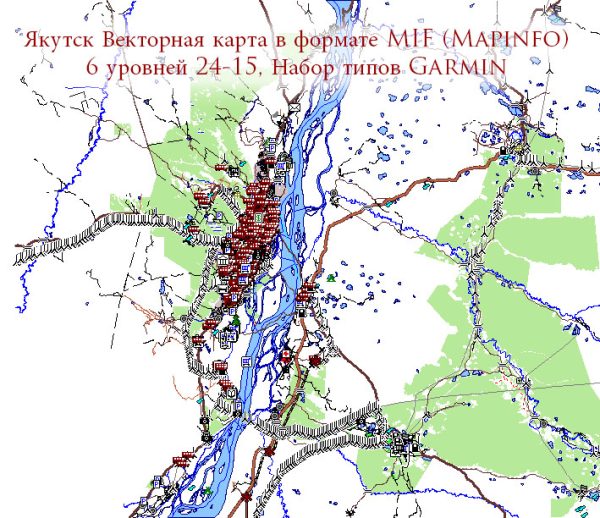Yakutsk is the capital and largest city of the Sakha Republic (Yakutia) in Russia. It is one of the coldest major cities in the world, known for its extreme cold temperatures during the winter months. The city’s urban development is influenced by its harsh climate and unique geographical location. Here’s a brief description of Yakutsk’s urban development:
- Cold Climate Adaptation: Yakutsk’s urban development is heavily influenced by its extreme cold climate. The city experiences extremely cold temperatures during the winter, with temperatures often dropping below -40 degrees Celsius (-40 degrees Fahrenheit). As a result, buildings and infrastructure are designed to withstand these harsh conditions. Most buildings are well insulated, and many have raised foundations to prevent them from sinking into the permafrost.
- Housing: The city’s housing consists of a mix of modern apartment buildings and traditional wooden houses. Many of the older wooden houses are colorful and elaborately decorated, adding a unique character to the city. Newer apartment buildings often feature modern amenities and technologies to combat the cold.
- Infrastructure: Yakutsk has a well-developed infrastructure, including roads, bridges, and utilities. The Lena River, which runs through the city, plays a significant role in transportation and is used for both passenger and cargo traffic during the ice-free months. The city is also served by an airport, providing connections to other parts of Russia.
- Permafrost Challenges: The city is built on permafrost, which presents challenges for construction and infrastructure maintenance. Engineers use various techniques to prevent the ground from thawing, including insulating foundations and using thermosyphons. These methods are necessary to ensure that buildings and infrastructure remain stable in the face of the region’s thawing and freezing cycles.
- Economic Activities: Yakutsk serves as an economic hub for the Sakha Republic. It is a center for commerce, education, and government activities in the region. The city’s economy is driven by industries such as mining, including diamond mining, and the extraction of natural resources, which are abundant in the surrounding area.
- Culture and Education: The city is home to cultural institutions, museums, theaters, and educational facilities. Yakutsk is known for its rich cultural heritage, including traditional Yakut customs, music, and dance. The city also hosts events and festivals celebrating these traditions.
- Tourism: Despite its extreme climate, Yakutsk has become a destination for tourists interested in experiencing the unique culture and environment of the region. Travelers can explore the city, learn about the indigenous Yakut people, and even take excursions to nearby natural wonders, such as the Lena Pillars, a UNESCO World Heritage site.
Yakutsk’s urban development is a testament to human adaptability in the face of extreme conditions. The city’s architecture, infrastructure, and way of life are all shaped by its cold climate and the challenges posed by permafrost, making it a fascinating and resilient place to visit and live.



 Author: Kirill Shrayber, Ph.D.
Author: Kirill Shrayber, Ph.D.